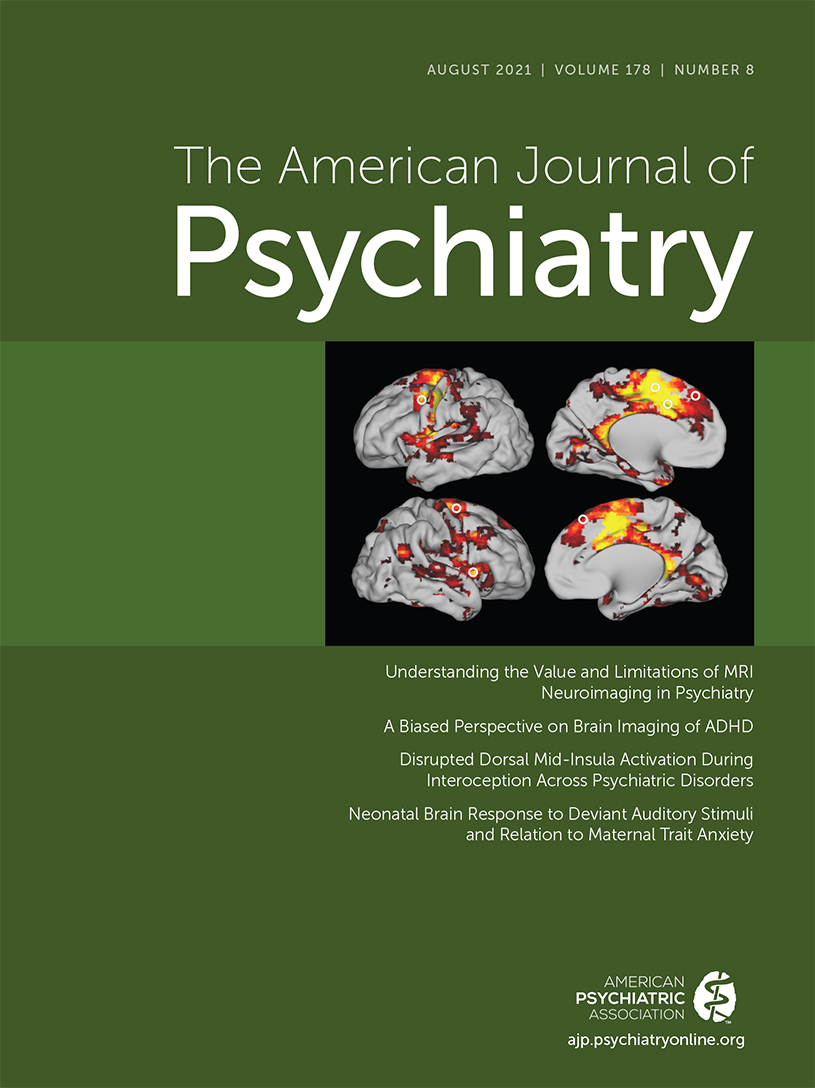Variable Emergence of Autism Spectrum Disorder Symptoms From Childhood to Early Adulthood
Abstract
Objective:
Autism spectrum disorder (ASD) is currently considered an early-onset neurodevelopmental condition. Follow-up studies of clinic-ascertained autism suggest that autistic symptoms typically decline with age, although symptom improvement is limited for some. To date there have been no population-based prospective studies investigating the natural history of autistic symptoms from childhood to adulthood. The aim of this study was to characterize the development and heterogeneity of autistic symptoms in a population-based cohort from childhood to age 25.
Methods:
Data were analyzed in a prospective U.K. population-based cohort (ALSPAC). Trajectories were derived using five assessments of the parent-rated Social and Communication Disorders Checklist (SCDC) spanning ages 7–25. Additional measures were used to validate symptom trajectories.
Results:
Three distinct SCDC symptom trajectory classes were identified: low (88.5%), declining (5.0%), and late-emerging (6.5%). Both the declining and late-emerging trajectory classes were associated with child and adult ASD measures, low IQ, communication problems, peer problems, and worse adult functioning compared with the low trajectory class. Male sex was associated with a higher likelihood of being in the declining trajectory class (odds ratio=2.84, 95% CI=2.19, 3.69). This sex difference was not observed in the late-emerging class (odds ratio=1.00, 95% CI=0.80, 1.24) compared with the low trajectory class.
Conclusions:
ASD symptom levels that emerged early tended to decline across development, although impairment was still present in adulthood for some. For others, autistic symptoms emerged across adolescence and adulthood. This challenges our current understanding that ASD symptoms inevitably first manifest early in development.



